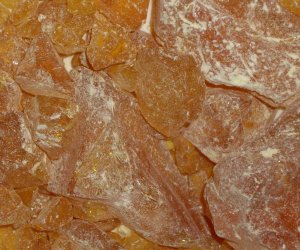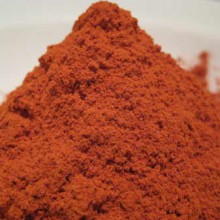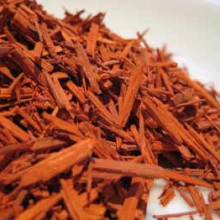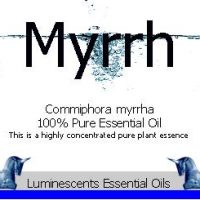Silver Pine Colophony is a solid form of resin obtained from one particular pine (Pinus sylvestris) and produced by heating fresh liquid resin to vapourise the volatile liquid terpene components. Black Pine Colophony is obtained from Pinus nigra and has the same uses but slightly different characteristics.
It is semi-transparent and varies in colour from yellow to black. At room temperature it is brittle, but it melts at stove-top temperatures. It chiefly consists of different resin acids, especially abietic acid.
Uses for Silver Pine Colophony:-
Apart from its incense use and rather like Rosin Gum ………………
It is an ingredient in printing inks, varnishes, adhesives (glues), medicines, chewing gum, soap, where it is a popular ingredient, especially in transparent soap-making. It adds a beautiful lather, a deep colour, and wonderful fragrance. It is also used in paper sizing, and, in past times, sealing wax.
In industry it is the precursor to the flux used in soldering. The tin-lead solder commonly used in electronics has about 1% colophony as a flux core helping the molten metal flow and making a better connection. It’s frequently seen as the burnt or clear residue around new soldering.
It is also extensively used for its friction-increasing capacity. Such uses include rosining the bows of stringed instruments such as violins or cellos to produce sound. For this purpose, extra substances such as gold and silver are sometimes added to the colophony for extra friction and/or highly-disputed “tone improvements”.
Ballet dancers sometimes rub their shoes in powdered colophony to reduce slipping before going on stage. Bull riders rub iton their rope and glove for additional grip. Baseball pitchers and ten-pin bowlers may have a small bag of powderered colophony nearby, to use on their throwing hand, for better control of the ball.
A mixture of pitch and colophony is used to make a surface against which glass is polished when making optical components such as lenses.
In pharmaceuticals, it forms an ingredient in several plasters and ointments.
It is also added in small quantities to traditional linseed oil/sand gap fillers, used in building work.






